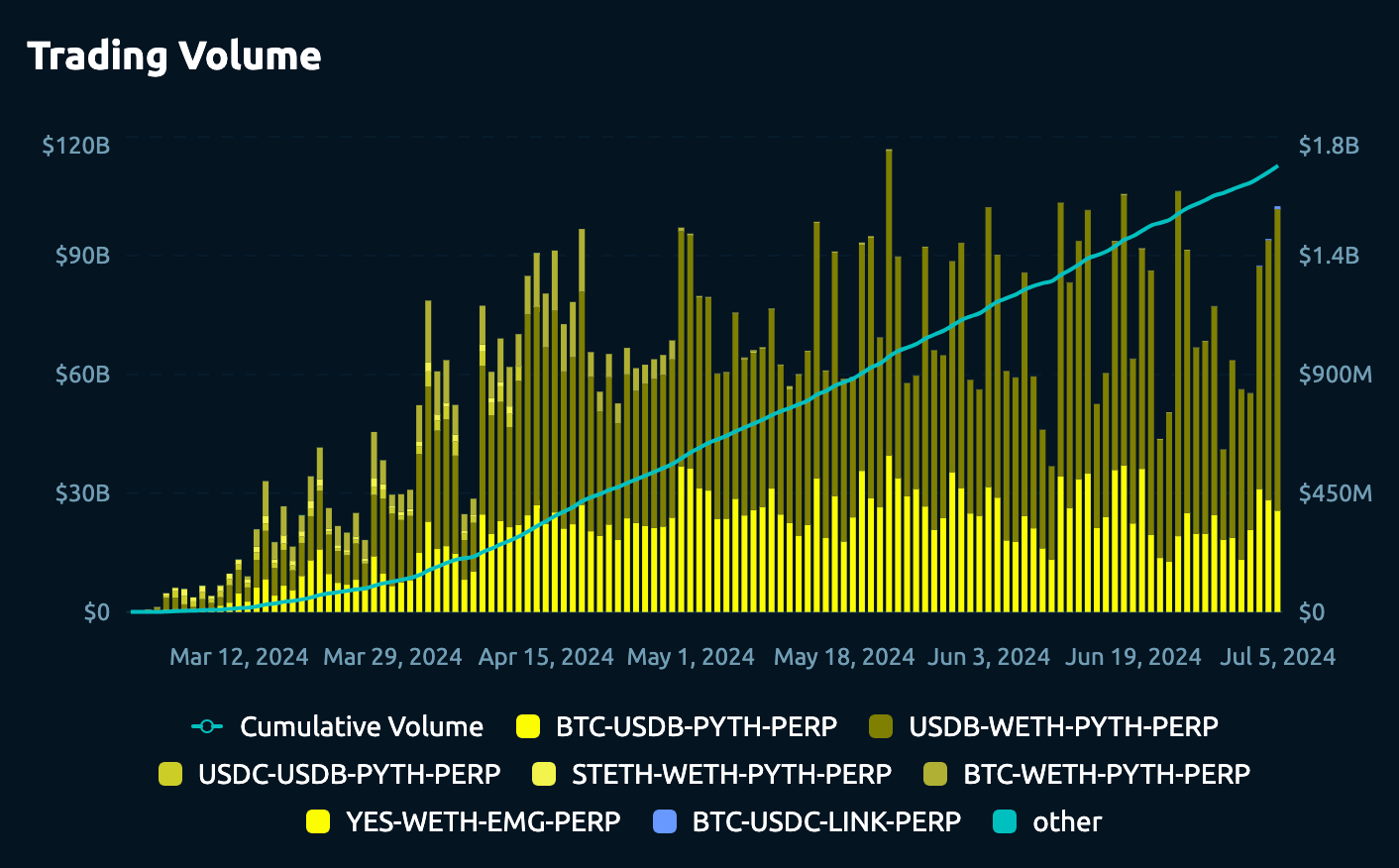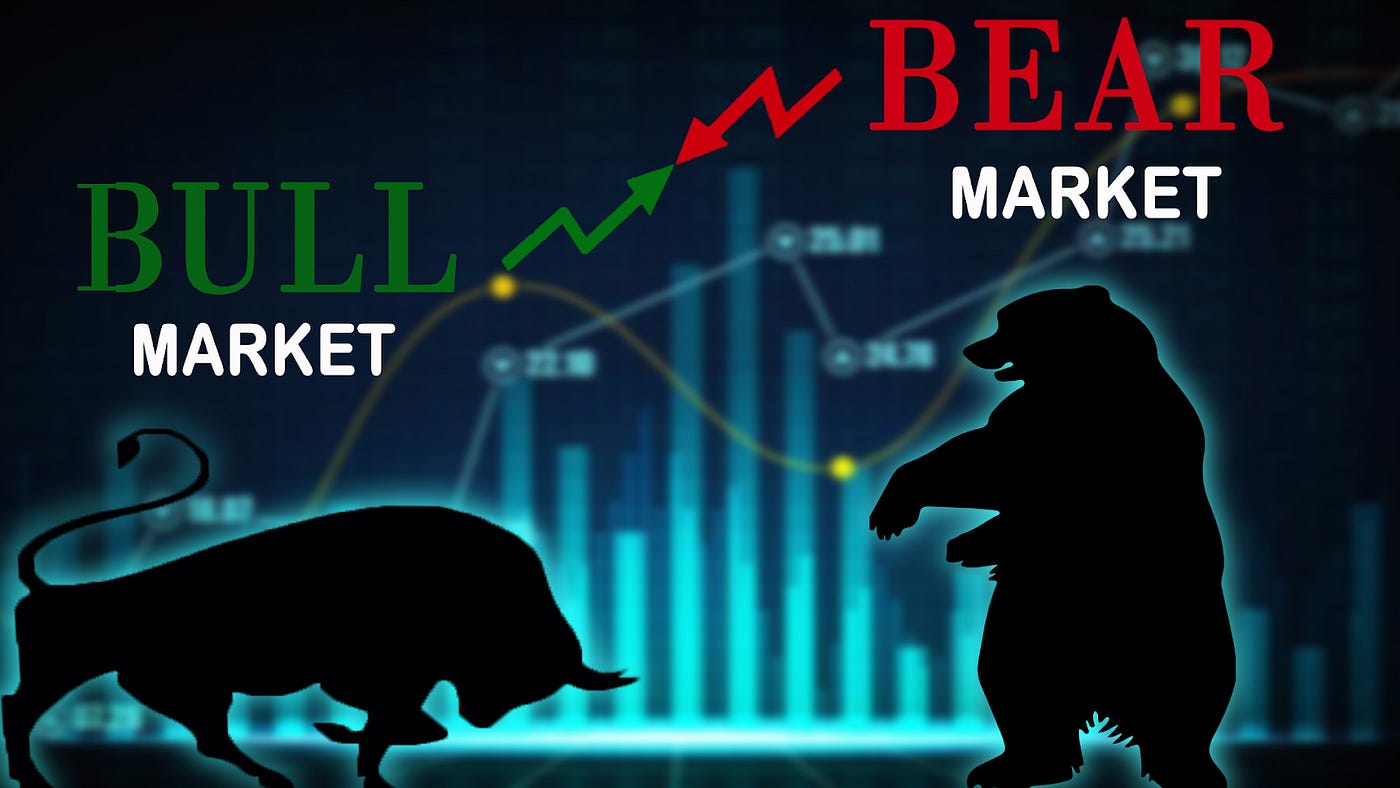Trading Volume in Crypto Derivatives: Hidden Signal That Reveals What the Market Really Believes
How to read trading volume to decode sentiment, confirm trends, and catch market turns before they unfold.
TL; DR
Trading volume is a reflection of market behavior in crypto derivatives. It doesn’t just record how much is being traded, but reveals how much conviction, fear, and liquidity actually exist behind every move.
While price action can be manipulated by hype or short-term sentiment, volume exposes whether traders truly believe in a trend or are simply reacting emotionally.
For new derivatives traders, learning to read volume is about more than spotting breakouts; it’s about understanding participation. High volume during an uptrend signals conviction and genuine demand, while low volume in a rally often means the move lacks depth. In the same way, a spike in volume during sell-offs can reveal panic and forced liquidations rather than sustained bearish pressure.
Ultimately, trading volume helps traders distinguish between noise and conviction. It’s a guide to understanding not just where the market is moving, but how much belief is behind that movement.
For anyone trading perpetual futures or other leveraged products, mastering volume analysis is one of the most reliable ways to recognize whether a trend is real, fading, or about to reverse.
When the Market Comes Alive: What Trading Volume Tells You
Every trader knows that moment when the market feels electric; prices ripping higher, charts glowing green, and social media filled with euphoria. But beneath those flashing candles is something more meaningful: the rhythm of participation.
Each tick of volume represents someone’s decision: confidence, fear, or desperation. In derivatives, where leverage amplifies every emotion, this rhythm becomes a powerful diagnostic tool.
While price draws attention, price alone can lie. Algorithms, liquidations, or a few large players can push it around. Volume tells the truth. It shows how many traders are truly participating, how much belief is behind the move.
Understanding crypto trading volume is one of the first real skills a new trader can build. Volume shows whether a rally has real conviction or is being pushed by temporary hype. It exposes when the crowd is exhausted and when new energy is entering.
What Trading Volume Really Represents
At its core, trading volume measures how much is being traded in a given period. But in crypto derivatives, it measures something deeper, leverage-backed conviction.
When volume spikes, it doesn’t just mean “more people trading.” It means more people are leveraging their belief.

For instance:
If Bitcoin breaks above a major resistance and trading volume surges across exchanges, that’s not random enthusiasm. It’s traders committing real capital with conviction. The breakout is likely supported.
But if Bitcoin rises quietly on flat or falling volume, the move might be hollow, driven by hype, thin liquidity, or passive buying. That’s when you need to be cautious.
This is why professionals often repeat: “Volume confirms the trend.” A healthy rally builds on growing volume. A weak one fades in silence.
Example:
When Ethereum (ETH) broke above $2,000 in early 2021, both spot and perpetual futures trading volumes surged across major exchanges, confirming strong market participation and genuine demand. However, when ETH later climbed past $4,000, trading activity didn’t keep pace, volume lagged noticeably, hinting that enthusiasm was fading.
According to CoinGlass Ethereum derivatives volume data, that divergence between price and participation was a clear early signal of market exhaustion that eventually preceded the correction.
Volume as a Window Into Market Psychology
Volume is more than statistics, it’s emotion, quantified. Every surge or drought in trading volume tells a psychological story:
High volume during an uptrend → confidence, FOMO, or climax.
High volume during a downtrend → panic, liquidations, or despair.
Low volume in a range → hesitation, disbelief, or quiet accumulation.
In derivatives markets, these emotional shifts are magnified by leverage.
When volume spikes during a sell-off and open interest drops, that’s not new traders joining. It’s liquidations. It’s fear unwinding, not new conviction forming.
To understand this mechanism better, check open interest in crypto trading. It explains how open interest interacts with volume to show real participation.
When volume rises near a resistance level after weeks of gains, it’s often exhaustion, the last push before a correction.
Practical Takeaway:
Volume doesn’t tell you who’s winning. It tells you how emotional the fight has become. When volume climaxes after a long rally, that’s often the point when everyone who wanted in is already in. Markets can’t stay euphoric forever.
As a new trader, this means looking at charts differently: Don’t ask “is price going up or down?” Ask “how convinced is the market right now?”
Why Volume Matters More in Derivatives Than in Spot
Spot volume tells you how much of an asset is actually changing hands. Derivatives volume tells you something else; how much exposure traders are taking on.
That distinction changes everything.
In perpetual futures, high volume might mean traders are recycling liquidity, increasing leverage, not injecting new capital. When derivatives volume spikes without spot confirmation, it’s often a red flag.
Example:
In November 2021, Bitcoin (BTC) perpetual futures trading on Binance experienced a sharp surge in volume and open interest, according to CoinGlass Bitcoin futures data.
At the same time, Coinbase spot volume metrics remained relatively flat, a clear sign that leverage, not new capital inflows, was fueling the rally.
Within days, the move lost steam and reversed as over-leveraged traders were forced to unwind positions, a dynamic later confirmed in Kaiko’s derivatives market analysis on exchange-driven leverage cycles.By contrast, during the January 2023 recovery, both spot and perpetual futures volumes rose in tandem across exchanges.
Data from Binance Research and CoinMarketCap’s global trading tracker showed sustained growth in open interest alongside rising spot participation — a dual confirmation that signaled authentic buying pressure and the foundation for a more durable trend.
Professional traders monitor this balance constantly. When derivatives volume leads spot, the move is fragile, fueled by leverage. When spot and derivatives volume rise together, the move has substance.
How to Read Volume in Context

Volume never exists in isolation. It’s always part of a broader story involving price movement, open interest, and market sentiment. The most important skill for any trader is learning how to interpret these signals together, rather than viewing them in silos.
According to Binance Academy’s guide to trading volume, a true understanding of volume means recognizing when it confirms or contradicts a price move.
Let’s say Bitcoin (BTC) breaks above a key resistance level with a sharp rise in both volume and open interest. That combination typically signals genuine demand and broad participation.
Real-time dashboards like Coinalyze’s BTC volume and open interest charts provide this kind of contextual data, allowing traders to verify whether a breakout is being driven by conviction or speculation.
However, if price rises while volume remains flat—or worse, declines—it often indicates fading enthusiasm. The move might continue briefly, but it’s likely driven by short-term momentum traders rather than sustainable buying pressure.
Conversely, during periods of consolidation, when prices move sideways and volume starts to build, it often signals accumulation. Traders are quietly positioning for the next big move. When that breakout finally happens with a volume surge, it’s usually meaningful.
Volume also helps distinguish between reaction and conviction. A sudden spike in volume during a price drop could be panic selling, a reactive flush. But a gradual rise in volume during an uptrend indicates steady confidence and healthy participation. This kind of nuanced reading separates traders who trade what they see from those who understand what they’re seeing.
Practical Insights: Using Volume in Your Trading Routine
Start with simple daily checks:
Check how volume aligns with price action each day on platforms like Coinalyze or Laevitas
If prices are rising on strong, widespread volume across exchanges, that’s confirmation the move is real
If you see sharp price moves on thin volume, be cautious—the move might not last
Use volume to manage your risk:
If your trade is winning but volume starts declining, consider tightening your stop-loss or taking some profits off the table
If volume suddenly surges against your position, reassess your trade. Momentum may be shifting and you might be on the wrong side
Learn your market’s personality over time:
Some markets move quietly before exploding with volume
Others surge loudly with huge volume but burn out quickly
Volume reveals these patterns and gives you a sense of the market’s rhythm
Common Misinterpretations Among New Traders
1. “High volume means bullish.”
Not always. High volume can mean panic selling, forced liquidations, or climactic exhaustion. Context is everything.
2. “Low volume means weakness.”
Low volume in consolidations often means patience, not apathy. It can be the calm before a real move.
3. “Short-term volume spikes matter.”
A 5-minute spike doesn’t outweigh daily structure. Always zoom out. True conviction appears across timeframes.
4. “Volume confirms what I believe.”
Many beginners fall into confirmation bias. Use volume to challenge your assumptions. If you’re bullish and volume disagrees, slow down. If you’re fearful and volume builds quietly in the opposite direction, pay attention.
The best traders don’t use volume to justify trades, they use it to test conviction.
Conclusion: Volume Is the Market’s Language of Conviction
In crypto derivatives, where leverage magnifies both risk and emotion, volume is the clearest expression of truth you’ll find. It reveals when belief is building, when fear is spreading, and when the market is merely pretending to care. Price alone tells you what’s happening; volume tells you why it’s happening and how much conviction is behind it.
For a new derivatives trader, mastering volume isn’t about predicting moves but about interpreting behavior. The next time you open a chart, don’t just ask where the price is going. Ask whether the market truly believes in that move. That single question, anchored in volume, will make you see every chart with new eyes.
Subscribe to CanHav on crypto trends, derivatives, stablecoin strategies, and on-chain finance. Get alerts on 2026 updates!
Disclaimer: This article is for informational purposes only. It does not constitute financial advice, a recommendation to buy, sell, or hold any asset, or an endorsement of any specific strategy. The crypto market is highly volatile and risky. Always do your own research (DYOR) and never invest more than you can afford to lose.




